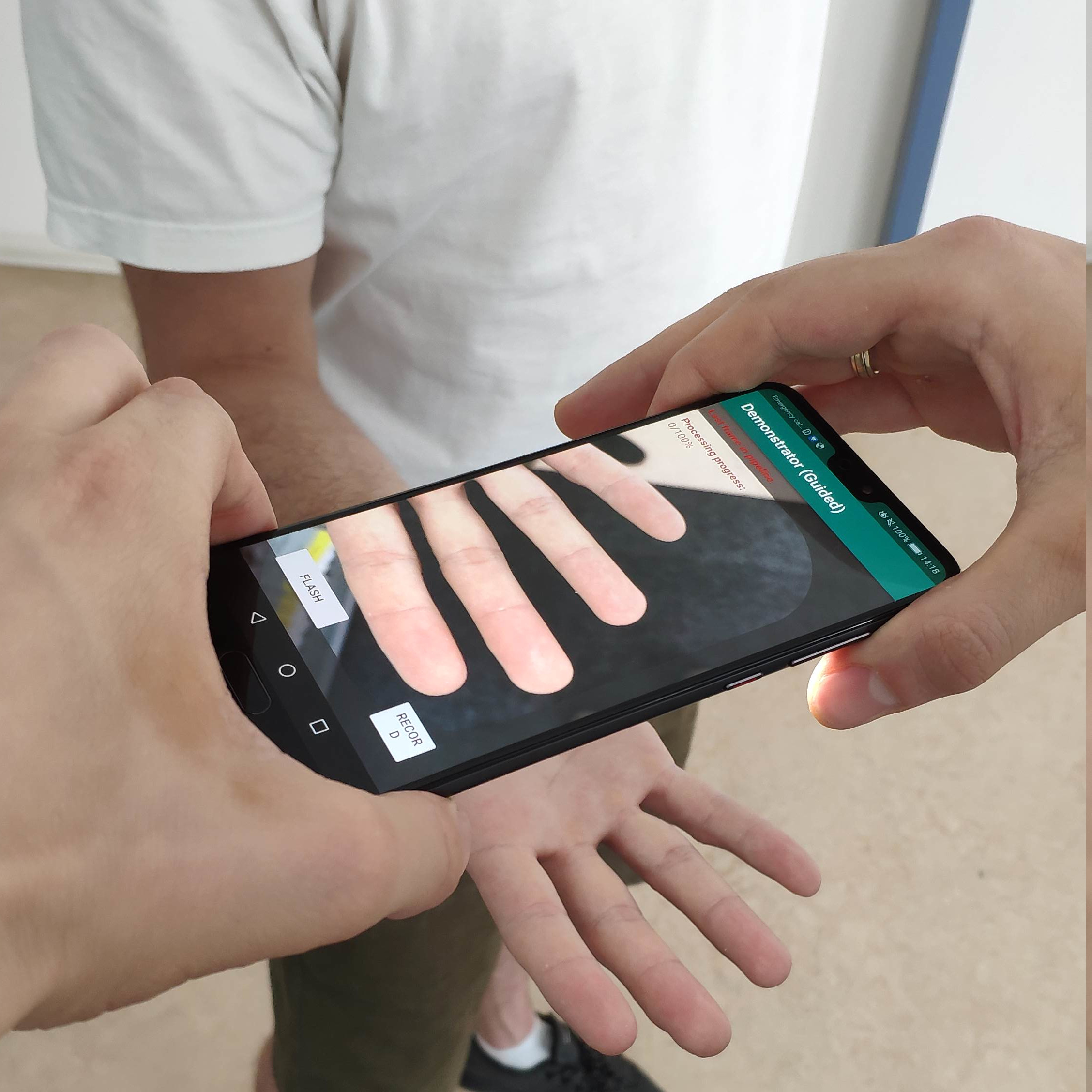 da/sec scientific talk on Biometrics
da/sec scientific talk on Biometrics
Topic: Secure Contactless Fingerprint Recognition
by Jannis Priesnitz
D19/2.03a, February 22, 2024 (Thursday), 12.00 noon
Keywords — Contactless Fingerprint, Fingerprint Recognition
Abstract
„Fingerprints, i.e. ridge and valley patterns on the tip of a human finger, are one of the most important biometric characteristics due to their known uniqueness and persistence properties. Large-scale fingerprint recognition systems are not only used worldwide by law enforcement and forensic agencies, they are also deployed in the mobile market and in nationwide applications. In recent years, contactless fingerprint recognition has become a viable alternative to established contact-based methods. The contactless capturing process avoids distinct problems, e.g. signal of low contrast caused by dirt or humidity and left-over latent fingerprints on the capture surface. Moreover, contactless schemes provide a faster and more hygienic as well as a more convenient capturing process and hence have a higher user acceptance. However, contactless fingerprint recognition introduces new challenges. Environmental influences such as an uncontrolled background and varying illumination and an unconstrained finger positioning are especially a challenge for mobile recognition schemes.
This Thesis contributes to an efficient and secure mobile contactless fingerprint recognition process. The work addresses various vital aspects along the contactless fingerprint recognition pipeline. The mobile, automatic capturing, segmentation and pre-processing of contactless fingerprint samples represents a central focus of this Thesis. Furthermore, contributions to the topics of quality assessment, feature extraction and presentation attack detection are conducted. To enable new research directions, such as training deep learning-based algorithms, a generator for synthetic mobile contactless fingerprint samples is also suggested. The results proposed in this Thesis show improvements on several components of the recognition method which contribute to an increased biometric performance, security and comfort level. Moreover, challenges and limitations are discussed.“
